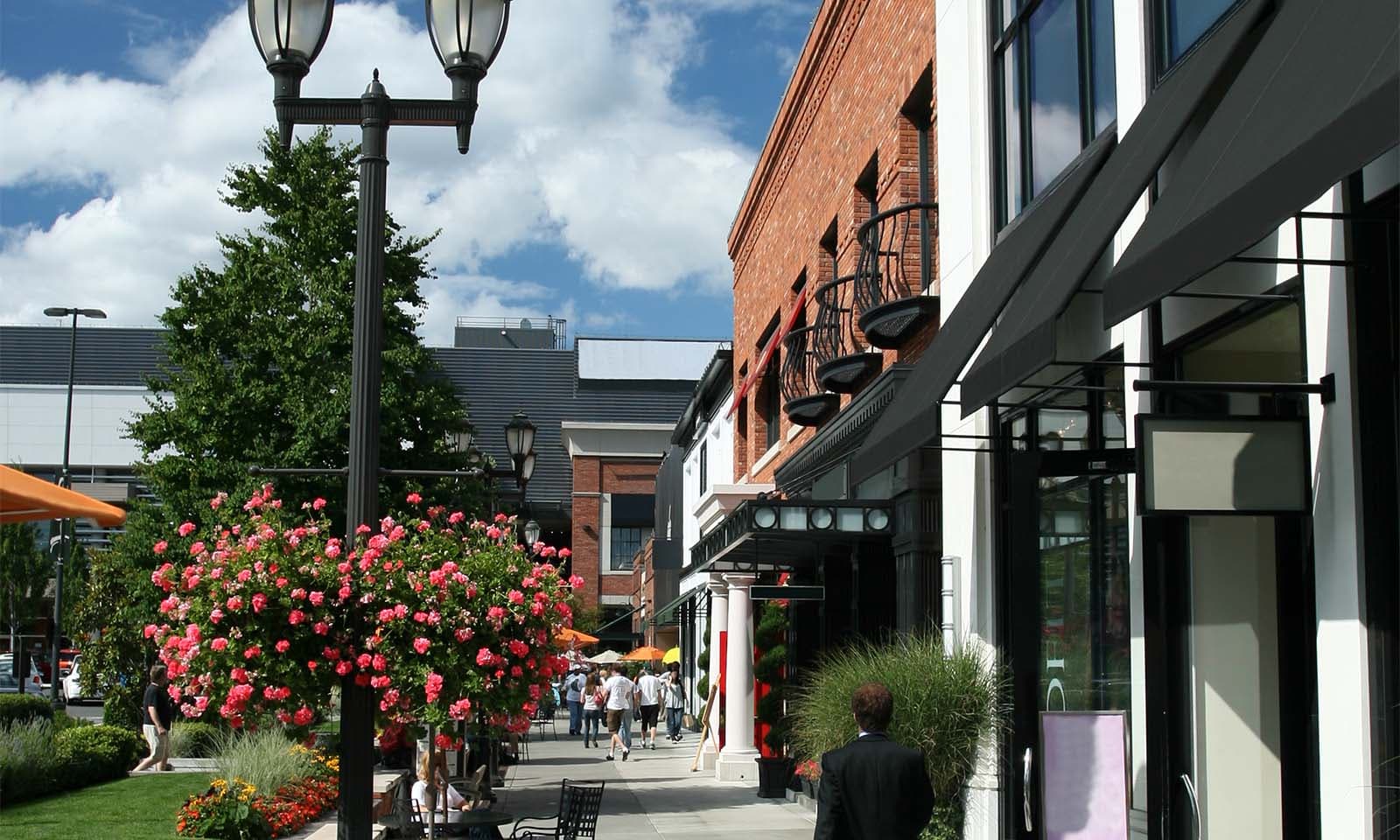
Retail - CRE's Market Oasis
Retail Is the Quiet Winner in a Fractured CRE Market
The CRE market right now feels like four different stories happening at once. Office is a bloodbath, industrial is still muscling through, multifamily is swinging between hot and oversupplied—and retail is just quietly doing its job.
Office first, because the numbers are brutal. National vacancy is above 20 percent. San Francisco’s older Class B stock is hovering at 28 percent. Austin? Around 25 percent. Dallas Class B? 22 percent. Meanwhile, CMBS delinquency for office has blown past 11 percent. That means the distressed wave is real, not hypothetical. Assets that traded at $185 a foot three years ago are now whispering at $45. That’s a generational reset.
Industrial is still strong, but no longer bulletproof. Vacancy is 8.5 percent—higher than the pandemic lows—but rent growth is still at 2.5 percent, the best of any asset class. E-commerce heading toward 25 percent of all retail sales by 2025 keeps the pressure on distribution hubs. Dallas–Fort Worth and Nashville remain machines. Cap rates are holding around 6.4 percent, a full 250 basis points tighter than office. Investors aren’t running from warehouses, but the “everything goes up” phase is clearly behind us.
Retail, though, is the shocker. Vacancy sits between 5.2 and 5.8 percent, some of the leanest numbers in CRE. The shakeout of weaker tenants—Party City, Rue21, the usual suspects—actually helped the sector. Expanding off-price, hobby, and dollar chains are backfilling those boxes quickly. Grocery-anchored centers? Still cash-flow monsters. One Phoenix strip center anchored by Kroger with twelve years left on the lease just sold at a 7.2 cap. That’s not distressed— that’s confidence.
CenterCheck’s first-party data shows why. Grocery and off-price anchors are keeping traffic steady, basket sizes elevated, and percentage rents triggered. Small shops are surviving because the anchors keep the parking lot full. For landlords, that stability translates directly into healthier rent coverage. In a market this bifurcated, retail looks like the boring but dependable bond in your portfolio.
Multifamily is a mixed bag. Net absorption topped 100,600 units in Q1—the strongest first quarter since 2000. National rent growth is back at 1.7 percent. But oversupply in Austin and Phoenix is still being worked through, while Dallas and Atlanta can’t build fast enough. It’s not one national market—it’s ten local ones with different stories.
Data centers? A whole different planet. Vacancy at 1.6 percent. Rents up 35–40 percent since 2021. Cap rates now in the high-5s. AI, cloud, and 5G demand have turned them into the new trophy asset class. One investor bought in Northern Virginia at $180 million last year and is already fielding offers north of $270 million.
So here’s the takeaway. Office is still searching for the bottom. Industrial is slowing but solid. Multifamily is a local story. And retail? Retail is the one you can actually count on. Low vacancy, expanding value-oriented tenants, and anchors that still drive weekday traffic.
In a cycle defined by extremes, retail has become the calm center. And right now, boring is the best trade in the market.